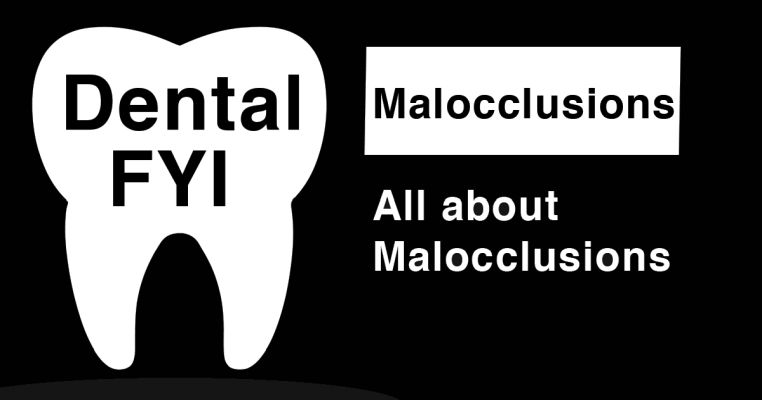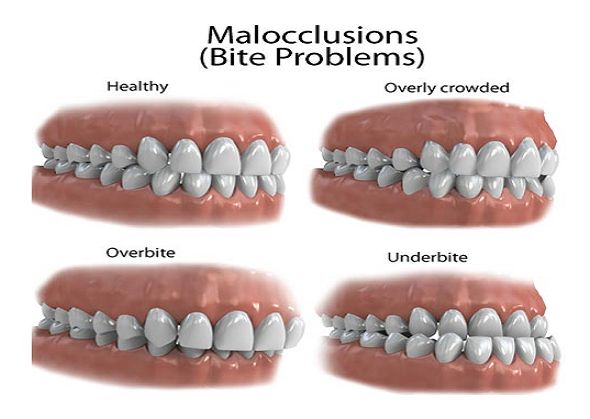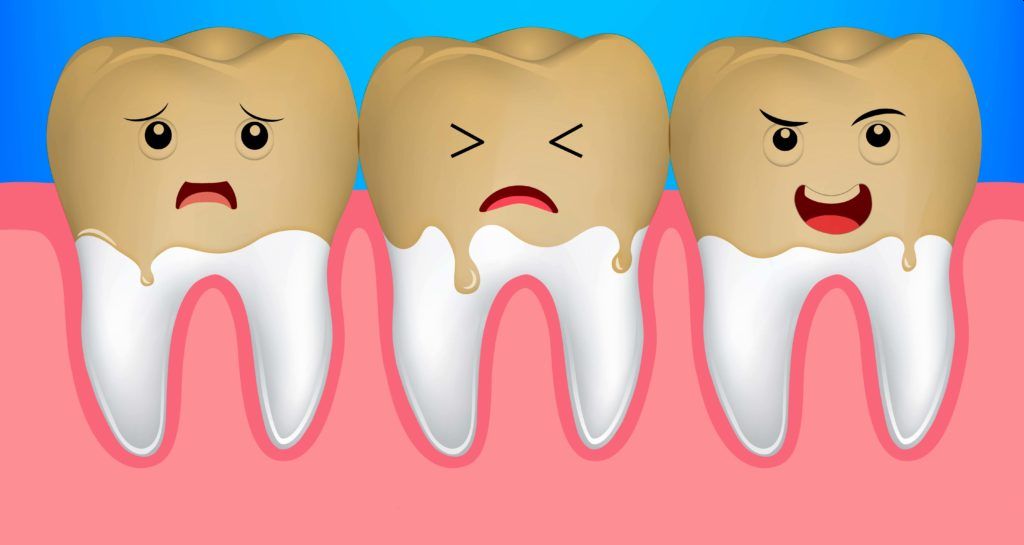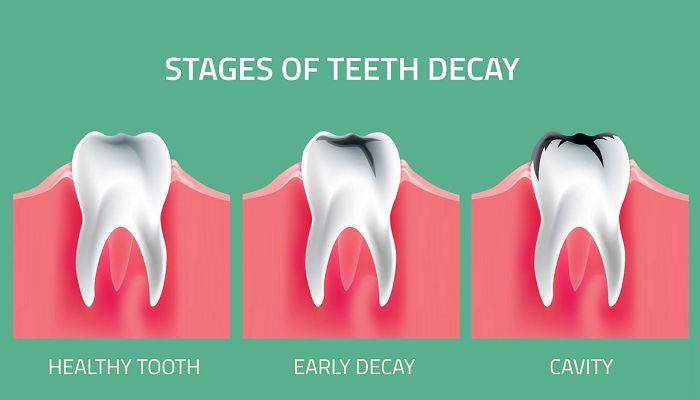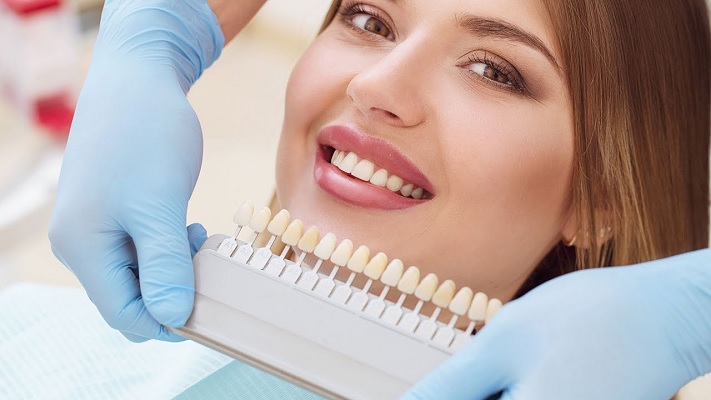Wisdom teeth are dental pieces that, precisely because of their location, cause various problems. The most common is related to lack of hygiene. And it is that, being in the back of the mouth, it is somewhat more complex to access them with the toothbrush. And, therefore, it is frequent that they tend to accumulate food remains.
But, in addition, another very frequent problem has to do
with pain. The wisdom teeth usually appear in adulthood, when the
rest of the teeth have already erupted. This fact means that, when trying
to break through, they cause pain and numerous discomforts.
Having said all this, we are going to begin to remember what
these dental pieces are like and what their function is in the mouth. And
then we will tell you what to do when faced with wisdom tooth pain.
What are wisdom teeth?
The wisdom teeth -also known as wisdom teeth- are
the third molars. They are located in the most posterior area of the
mouth, behind the second molars. Normally, adults
have four wisdom teeth: two on the top and two on the bottom of the
denture.
As we have already pointed out, the wisdom teeth are the
last teeth to erupt. And, in a large number of cases, they take many years
to erupt, and when they do, they don't fully erupt. The fact that they do
not come out completely, among other reasons due to lack of space, is what
causes the pain and discomfort.
That being said, keep in mind that third molars do not
actually have a function in the mouth. That is to say, they are not
essential for our daily lives, not even for chewing. This means that the best dentist in Pitampura
recommends extracting wisdom teeth as soon as they begin to cause
pain or discomfort.
When do the wisdom teeth come out?
Most commonly, wisdom teeth come in between 17 and 25
years of age. This is precisely why they are called
"judgment", to reflect the transition to maturity and
adulthood.
However, although they usually appear at this age, the
truth is that each person can develop them at different stages. Some even
never get them.
Why do wisdom teeth cause pain?
Wisdom tooth pain can be due to
different causes. The most common are the following.
- Lack
of space during the eruption
Wisdom tooth pain may be due to the fact that, during the
eruption process, the tooth does not have enough space to emerge. This is
due to two reasons: the rest of the teeth have already erupted and the wisdom
tooth is located in the back of the mouth. If it has no room to get out,
it exerts force and causes a sensation of pain and pressure.
- Pericoronitis
In some situations, during the wisdom tooth eruption
process, an infection can occur due to bacterial growth in the gum
area. This causes severe wisdom tooth
pain, swelling, redness of the gum, and sometimes
oozing pus from the infection.
- Cavities
Once the wisdom teeth have come out, they can also
cause pain. Said pain may be due to the most common oral
disease: caries. Decay in wisdom teeth is common, since being located
in the back of the mouth makes it more difficult to brush them and
perform proper hygiene.
How to relieve wisdom tooth pain?
Wisdom teeth cause very intense pain that can even
be unbearable for many people.
Therefore, below, we are going to give you a series of tips
to relieve wisdom tooth pain.
- Lean
on medication : taking analgesics and anti-inflammatories helps to
calm the pain. But remember that all medication must be prescribed by
a doctor or dentist in
Pitampura, so check with the professional first.
- Place
cold or heat in the area : the change in temperature helps to calm
the sensation of pain. To do this, the most correct procedure is to
apply heat or cold for twenty minutes and rest for approximately five.
- Maintain
a thorough oral cleaning : continue brushing your teeth as normal,
even if it hurts. It is essential to avoid any type of infection,
since an infectious process would cause you more pain.
- Rinse
with hot water and salt : this homemade mouthwash helps soothe pain
and the feeling of swelling.
In any case, you should keep in mind that all these tips serve
to relieve pain momentarily. However, as long as the eruption process
continues, you are likely to experience pain.
For this reason, it is best to go to the dental clinic in Pitampura
when you begin to notice the first symptoms. That way, the best dentist in Pitampura
can treat the cause of the problem and avoid a lot of pain and discomfort.
What is the treatment for wisdom tooth pain?
In order to plan the most appropriate treatment for wisdom
tooth pain, the ideal is to go to the dentist in
Rani Bagh. Thus, the professional will be able to carry out an
examination, issue a diagnosis and, finally, recommend a treatment plan.
First, the dentist
in Saraswati Vihar will determine if there is an active infection in
the area. And, in case this is the cause of the pain, she will administer
an antibiotic therapy. At this point, it should be remembered that it
is essential to eliminate the infection with an antibiotic before carrying out
any treatment.
In the event that the problem is caused by a cavity,
the dentist in Ashok Vihar will
perform a dental filling. With this, he will clean the caries, remove the
damaged dental surface and place a biocompatible material to fill the tooth.
On the contrary, if the origin of the pain is due to a lack
of space or a pulpitis, the solution will consist of the extraction
of the wisdom tooth. This can be done by a simple extraction -in case the
tooth has erupted- or by surgery -in case the molar has not
erupted or has partially erupted-.
Conclusions
It is estimated that approximately 90% of
people experience certain complications when their wisdom teeth come
in. As we have already mentioned, the discomfort is most likely due to
lack of space or decay, which is very common in these molars.
If you want to alleviate the pain caused by a wisdom tooth,
we recommend that you follow the advice explained in this article. Of
course, keep in mind that these indications serve to reduce pain at the
moment.
When a wisdom tooth starts to hurt, our recommendation
as professionals is always the same: go to your trusted dentist in Shalimar Bagh
as soon as possible so that he can study your case and can provide you with the
best possible solution to your problem.
On many occasions, wisdom tooth pain comes and
goes. However, you should keep in mind that until the root of the problem
is addressed, the complications will not completely stop.



